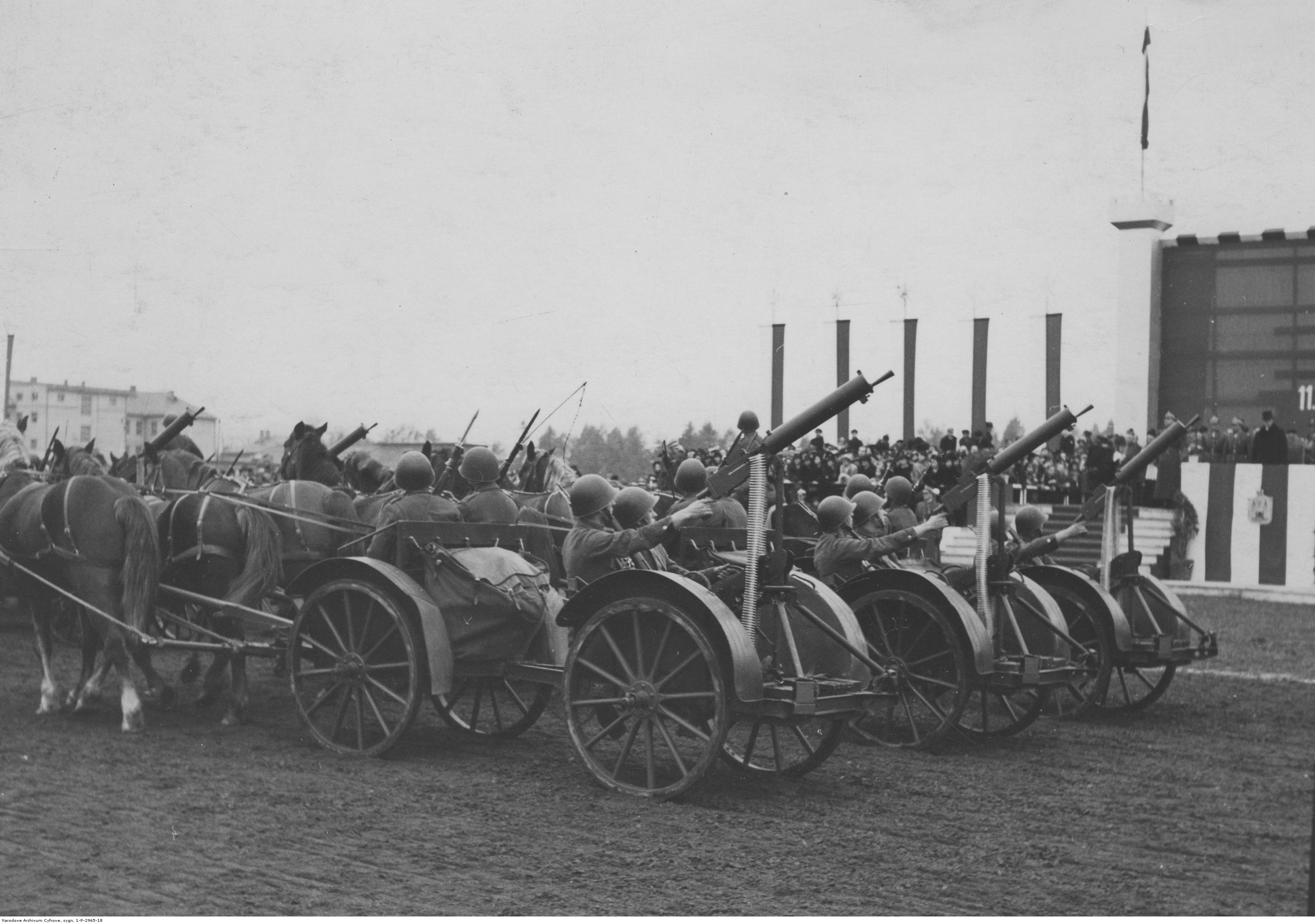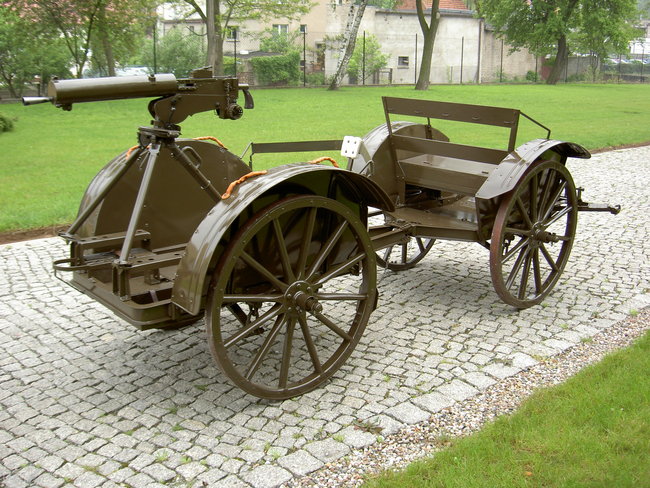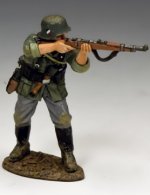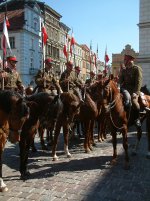That scene was what made me start looking into toy soldiers again. I stumbled on Frontline and then K&C.
That's my favourite scene, after the car chase scenes of course. I first became interested in Japan, Samurais and Ninjas etc back in the 1960's when the Japanese TV series 'The Samurai' was a huge hit in Australia
https://en.wikipedia.org/wiki/The_Samurai_(TV_series). This was back in the day when many of my childhood friends had fathers that served in the Pacific theatre during WW2, I guess they wondered why their kids were interested in 'Japanese stuff'. The series included a number of Japanese Castle scenes and numerous Samurai versus Ninjas fights, but some Ninjas were apparently 'goodies' :wink2:
The Samurai, popularity in Australia.
Wiki...Reception
Presumably responding to the increasing interest in Japan that accompanied the 1964 Tokyo Olympics, a few episodes of The Samurai were screened by Channel 9, Sydney in early 1964. After this first screening Channel 9 took the unprecedented step of inviting viewers to write in if they wanted to see more; the result was one of the largest viewer responses in the station's history, with thousands of letters sent in requesting more episodes. The entire series was shown, though the storylines were presented out of their original sequence as shown in Japan, which denied the Australian audience the intended effect of a mysterious, open-ended conclusion to the show. By 1965 it was the TV hit of the year, becoming the most popular programme in TCN-9's history up to that time, surpassing even The Mickey Mouse Club and sparking the first wave of ninja-mania outside Japan. The level of popularity it attained is remarkable given there was still much resentment of Japan in Australia at the time, although it may be explained by the fact that most of the fans were children and teenagers. The program proved so popular that a promoter brought out star Ose Koichi and a large supporting troupe to appear in a specially written 90-minute stage play based on the show, which played to capacity houses in both at the Sydney Stadium[2] and Melbourne, and it was reported that more people (over 7,000, many of them in costume) turned out to greet Ose when he arrived at Essendon Airport in Melbourne than greeted The Beatles when they visited there in June 1964.[3]
The success of The Samurai led Sydney TV channel ATN-7 to screen Phantom Agents (Ninja Butai Gekkō), another ninja-themed TV series but set in the 1960s Japan, which then developed its own cult following. Novelist Ruth Manley took names, even characters and incidents from the show and recast and wove them into her three children's novels based on Japanese myths and folklore, The Plum Rain Scroll (1978), The Dragon Stone (1982) and The Peony Lantern (1987). In 2009 SBS One broadcast a TV documentary titled Shintaro! The Samurai Sensation That Swept a Nation that reviewed the Australian impact of the show and then was itself released on DVD in 2010.[3]











